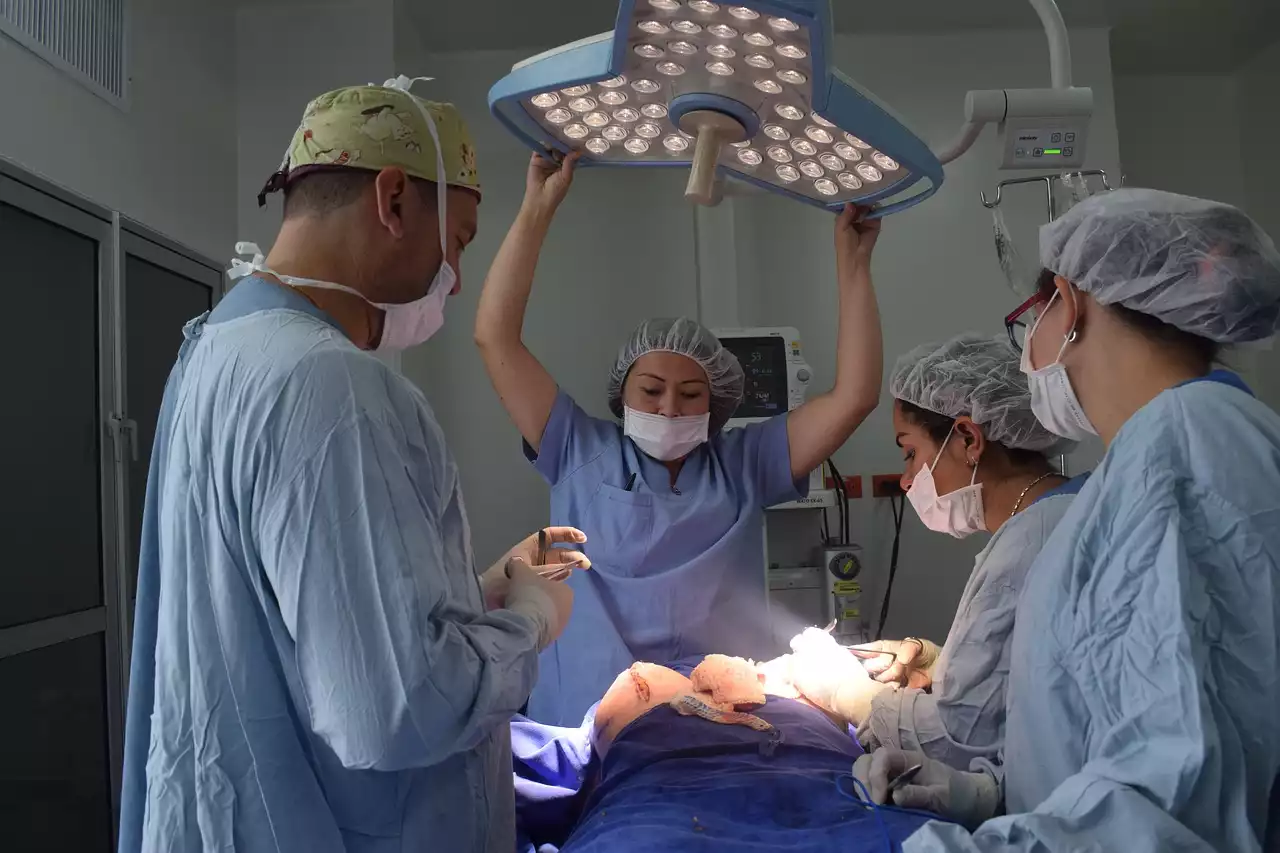Having the perfect body has always been an aspiration for many people. In today’s world, the rise of social media has made it even more challenging to see oneself positively and unapologetically in this image-obsessed society. Because of this, we have seen an increase in individuals who feel insecure about their appearance and often feel the need to alter their bodies by any means necessary. A study conducted by the American Society of Plastic Surgeons found that there was a 128 percent increase in cosmetic surgery procedures performed on people with Body Dysmorphic Disorder (BDD) between 2013 and 2016 alone. Many with BDD have an obsessive preoccupation with small or imagined flaws in their appearance. These individuals may also make frequent efforts to change or hide what they perceive as imperfections, such as through frequent exercise, hair dyeing, makeup application, clothing choices, or some combination of these behaviors and others.
What is Body Dysmorphic Disorder?
Body Dysmorphic Disorder (BDD) is a mental health condition that is characterized by the obsessive belief that one’s own physical features are severely flawed and disfiguring. A person with BDD will obsess over and feel extreme dissatisfaction with their appearance. This can lead to drastic measures like excessive plastic surgery, obsessive skin picking and excessive grooming, compulsive dieting and exercise, obsessive tanning or other artificial enhancement procedures like hair removal or eyebrow shaping. BDD can have a profound impact on a person’s self-esteem, social relationships, and daily functioning. Some individuals with BDD will experience moderate to severe distress from their obsessive thoughts and will find it difficult to work, attend school, and engage in other daily activities. Additionally, BDD is associated with high rates of depression and suicide.
What is BDD and How Is It Different from Anorexia Nervosa and Bulimia?
Body Dysmorphic Disorder is often confused with eating disorders such as anorexia nervosa or bulimia, but there are important differences that are worthy of note. Often, individuals with BDD will have poor self-esteem and be unhappy with their body’s appearance, but will not have an unhealthy relationship with food or engage in inappropriate eating behaviors. In fact, many with BDD will overexercise and engage in unhealthy weight-loss regimens as a way to hide their presumed physical flaws. Individuals with BDD also tend to engage in more grooming behaviors that are meant to draw attention to their perceived flaws and cover them up, as opposed to those with eating disorders who often shave off body hair to avoid unwanted attention from it. BDD can be associated with a greater risk of suicide, so the condition is often treated with antidepressants and sometimes therapy.
Plastic Surgery as a Means of Treatment for BDD
While BDD is often treated with therapy and medication, it is also common for individuals struggling with BDD to seek out cosmetic surgery in hopes of achieving the look they desire. However, studies on this trend have shown that individuals who are undergoing treatment for BDD are more than likely to have the surgery again. In fact, studies have shown that individuals who have already undergone plastic surgery are three times more likely to have further surgical procedures. There are a few potential explanations for why many with BDD who have had cosmetic surgery seek out more surgical procedures. One explanation is that BDD is a disorder that is characterized by obsession, and individuals who have already undergone surgery may feel that the results are not quite perfect enough. Another potential explanation is that individuals with BDD may seek out surgery because they have come to rely on it as a coping mechanism, or they may have developed an addiction to plastic surgery.
The Dangers of Plastic Surgery for Those with BDD
While many individuals with BDD may be satisfied with the results of their cosmetic surgeries, others may find that these procedures are not a sufficient remedy for their concerns about their bodies. Additionally, there are many risks associated with undergoing multiple surgical procedures, especially when the individual is not receiving treatment for their BDD. These risks include the transmission of infections and blood-borne diseases such as hepatitis and HIV, as well as an increase in BDD symptoms and feelings of distress. Unfortunately, many individuals who have BDD and who have undergone cosmetic surgeries will experience these negative effects. It is also important to consider the financial implications of multiple plastic surgery procedures. Plastic surgery is expensive and typically not covered by health insurance, so individuals who are undergoing treatment for BDD and who are seeking out multiple surgeries will likely experience a significant financial burden.
Conclusion
While many people with BDD are likely to experience significant distress from their obsessive thoughts and will benefit from treatment, there is also a significant number of individuals who will experience negative effects from undergoing multiple plastic surgeries. It is important to recognize the signs and symptoms of BDD and to understand that there are effective treatments for this mental health condition. Additionally, it is important to be mindful of others and recognize that appearances are not an indication of worth and that everyone deserves to be treated with respect and dignity.


 The Most Popular Father's Day Gifts
The Most Popular Father's Day Gifts
 Hiking The St Magnus Way in Scotland
Hiking The St Magnus Way in Scotland Discover the Ultimate Paradise: 18 Must-Visit Beaches in Portugal for 2024 Wanderlust
Discover the Ultimate Paradise: 18 Must-Visit Beaches in Portugal for 2024 Wanderlust What is the Breast Augmentation Process?
What is the Breast Augmentation Process? What is a Brazilian Butt Lift?
What is a Brazilian Butt Lift? What You Need to Know About Getting Abdominoplasty
What You Need to Know About Getting Abdominoplasty Does Liposuction Permanently Remove Fat?
Does Liposuction Permanently Remove Fat?